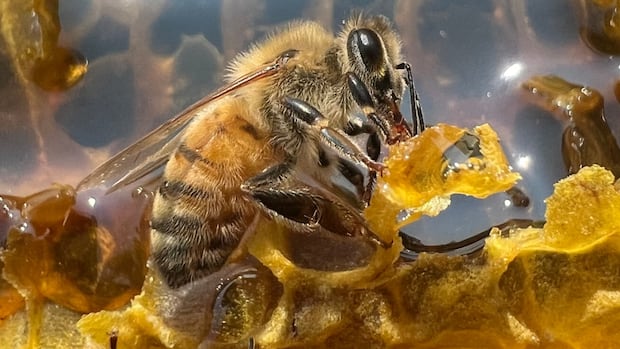Where did COVID-19 originate? Saskatoon lab helps with genetic analysis that points to animal market

A team of scientists, led by virologist Angie Rasmussen from the University of Saskatchewan’s Vaccine and Infection Disease Organization, has recently published a study in the journal Cell that provides strong evidence supporting the theory that the COVID-19 virus originated from infected animals and not from a laboratory leak. The analysis of hundreds of genetic samples points to the wildlife trade in the Huanan Seafood Wholesale Market in Wuhan, China as the likely place of origin of the pandemic.
The study, conducted by an international research team that includes scientists like evolutionary biologist Michael Worobey from the University of Arizona, focused on genetic samples collected from the market during the early days of the pandemic. By examining the genetic sequences of the virus and comparing them to samples from known hosts and transmitters of coronaviruses, such as raccoon dogs, bamboo rats, and palm civets, the researchers were able to identify the species present in hotspots where the virus spread.
The analysis revealed a strong likelihood that these animals were carriers of the virus, indicating a direct link between the wildlife trade at the market and the emergence of COVID-19 in humans. The proximity of the genetic samples to the animals’ DNA locations further supports the theory that the virus jumped from infected animals to humans at the market.
Dr. Lisa Barrett, an infectious disease specialist at Dalhousie University, praised the study for its unbiased approach and emphasized the importance of understanding how viruses spread in order to better prepare for future pandemic responses. The research highlights the need to monitor the wildlife trade and consider the density of animals in relation to humans to prevent future outbreaks.
The study’s findings have dealt a blow to the theory that the virus originated from a laboratory leak, as all the evidence points to the Huanan Seafood Wholesale Market as the epicenter of the pandemic. The researchers argue that the multiple independent spillovers of the virus into the human population, occurring weeks apart in late 2019, make the lab leak hypothesis incredibly difficult to support.
Despite the overwhelming evidence supporting the natural origin of the virus, the lab leak theory continues to circulate, fueled by misinformation and political agendas. Scientists like Rasmussen have faced online attacks and accusations of covering up the truth, but they remain steadfast in their commitment to uncovering the origins of the pandemic through rigorous scientific research.
In conclusion, the study by Rasmussen and her team provides valuable insights into the origins of the COVID-19 virus and underscores the importance of wildlife monitoring and pandemic preparedness. By focusing on the most likely scenario of zoonotic transmission from animals to humans, scientists can better understand and prevent future outbreaks, ultimately safeguarding global health and well-being.




